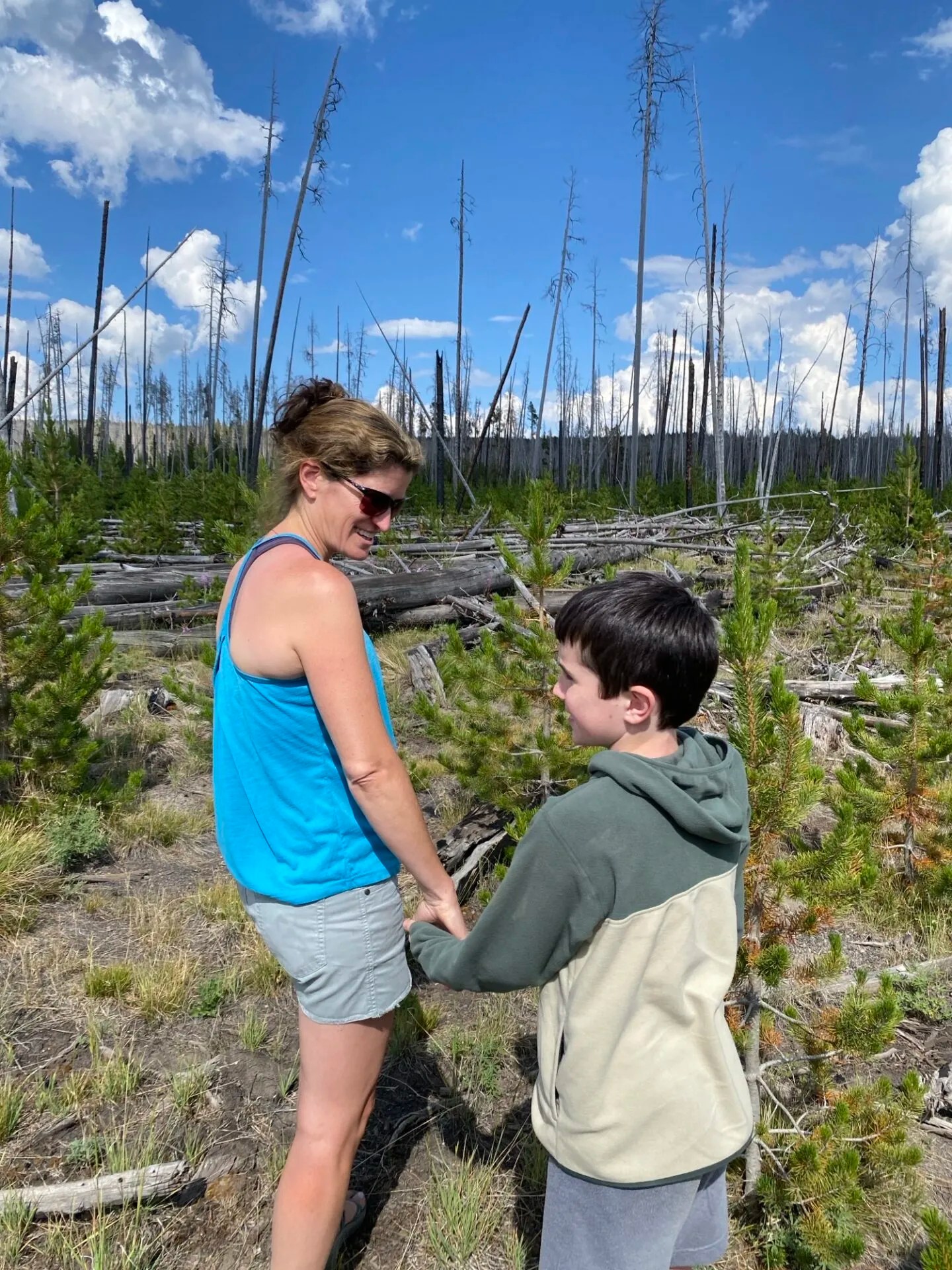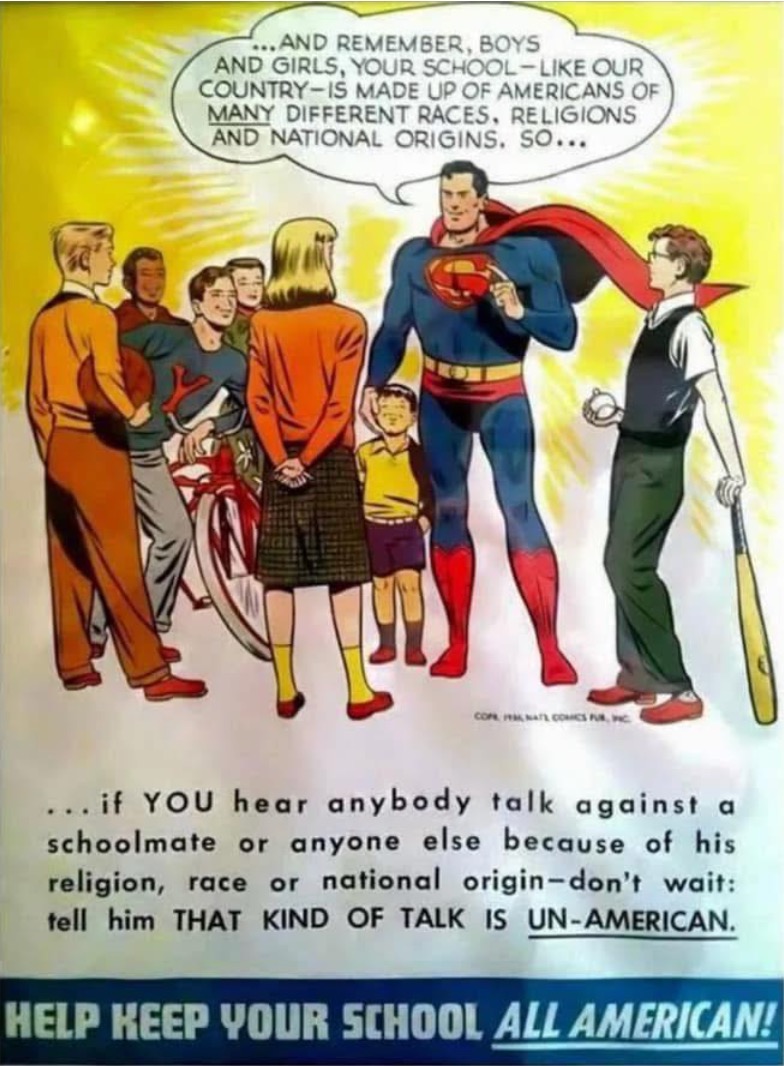RFK Jr.’s MAHA Movement Is on a Collision Course with Trump’s EPA
_This story was originally published b_y Vox.com and is reproduced here as part of the Climate Desk collaboration.
On a Friday evening this July, the Trump administration announced it would lay off all of the health research scientists at the Environmental Protection Agency. Hundreds of investigators who try to understand how toxic pollution affects the human body would be gone.
That wasn’t a surprise. The EPA—which had a founding mission to protect “the air we breathe and the water we drink,” as President Richard Nixon put it—has been busy dismantling policies that are in place to ensure environmental and public health.
This week, the agency announced it would seek to repeal its recognition of climate change as a threat to human health, potentially limiting the government’s ability to regulate greenhouse gases. EPA administrator Lee Zeldin has relaxed existing standards for mercury and lead pollution—two toxins that can lead to developmental problems in children. And the EPA has postponed its implementation of new Biden-era regulations that were supposed to reduce the amount of dangerous chemicals Americans are exposed to.
Meanwhile, House Republicans are attempting to grant widespread liability relief to pesticide companies and restrict EPA regulation of PFAS “forever chemicals” through provisions that have been tucked into the spending bills currently moving through Congress. (Democrats, for their part, have offered opposing legislation that would protect an individual’s right to sue over any harm from pesticides.)
This collective assault upon America’s environmental regulations targets not just the environment, but human health as well. Which means it sits oddly with the work of another Trump official whose office at the Department of Health and Human Services is just a 15-minute walk from EPA headquarters: Robert F. Kennedy Jr, whose Make America Healthy Again (MAHA) movement seeks to, obviously, make Americans healthier.
The US is even moving backward on pollutants like mercury and lead, for which the scientific evidence of their harms is undisputed.
But Kennedy hasn’t spoken up about these contradictions—and his supporters are beginning to notice.
In response to the pro-pesticide industry proposals in Congress, MAHA leaders wrote a letter to Kennedy and Zeldin voicing opposition to a bill that they believe “would ensure that Americans have no power to prevent pesticide exposure, and no path to justice after harm occurs.” In the letter, they also urged the EPA to ban two pesticides—atrazine and glyphosate—that have been linked to birth defects and liver and kidney problems.
“These toxic substances are in our food, rain, air, and water, and most disturbingly, in our children’s bodies,” the MAHA letter says. “It is time to take a firm stand.”
Kennedy is no stranger to these issues: Earlier this year, the Trump administration’s Make America Healthy Again Commission report, which sought to document and explain the dramatic increase in chronic diseases like obesity among US children, identified both chemicals as health risks. Zeldin, however, has been working to deregulate both atrazine and glyphosate in his first few months leading the EPA.
“It is completely contrary to MAHA to relax regulations on PFAS and many different chemicals. We are calling upon them and to reverse some of these actions that [the administration] is taking or seemingly may allow,” said Zen Honeycutt, one of the letter signers and the founder of the MAHA-aligned group Moms Across America. “We are extremely disappointed with some of the actions taken by this administration to protect the polluters and the pesticide companies.”
“In the case of Kennedy, you have someone that has spent his life thinking about public health, but seems unable or disinterested in stopping what’s going on.”
MAHA burst onto the political scene as part of Kennedy’s 2024 presidential campaign. It has become a vehicle for public health concerns, some exceedingly mainstream (like addressing America’s ultra-processed food and reducing pollution) and some of them very much outside of it (such as undermining the effectiveness of vaccines). After dropping his own candidacy, Kennedy joined forces with Trump, and ended up running the nation’s most important health agency.
But now that he’s in office, he and the movement he leads are running into the challenges of making change—and the unavoidable reality that MAHA has allied with a president and an agenda that is often in direct opposition to their own.
“In the case of Lee Zeldin, you have someone who’s doing incredibly consequential actions and is indifferent to the impact on public health,” said Jeremy Symons, senior adviser to the Environmental Protection Network and a former adviser to the EPA during the Clinton administration. “In the case of Kennedy, you have someone that has spent his life thinking about public health, but seems unable or disinterested in stopping what’s going on.”
Kennedy has successfully nabbed voluntary industry commitments to phase out certain dyes from American food products. He has overhauled the government’s vaccine policy, and one state has already followed his lead in banning fluoride from its drinking water. But his ambitions to reduce the sheer number of toxins that leach into America’s children in their most vulnerable years are being stymied by an EPA and a Republican-controlled Congress with very different priorities.
“Food dyes are not as consequential as pesticides for food manufacturers. The ingredients they put into the food contaminate the food,” Honeycutt said. “That issue is a much larger issue. That is the farmers, and changing farming practices takes longer.”
To Kennedy’s credit, these are issues he’d apparently like to tackle—if he could. His HHS report earlier this year pointed out that “studies have raised concerns about possible links between some of these products and adverse health outcomes, especially in children.” Specific ingredients in pesticides have been associated with cancer, inflammation, metabolic problems and more. But the EPA, meanwhile, has reversed regulations and stymied research for those same substances.
The EPA has proposed easing restrictions on the amount of the herbicide atrazine that can be permitted in the nation’s lakes and streams. Human and animal studies have associated exposure to atrazine with birth defects, kidney and liver diseases, and problems with metabolism; the evidence, however, remains limited and the MAHA report called for further independent research. The EPA has also moved to block states from putting any new limits on or requiring any public disclosures for glyphosate, a herbicide that the MAHA report says has been linked to a wide range of health problems. Zeldin also postponed Biden-era plans to take action on chlorpyrifos, a common insecticide increasingly associated with development problems in kids.
“From the perspective of the polluter takeover of EPA, Kennedy is largely seen as inconsequential and ineffective. He’s playing wiffle ball.”
The EPA has also been slow to move on microplastics and PFAS, both substances of growing concern among scientists and the general public. These invisible but omnipresent chemicals are a priority for the MAHA movement, singled out in the White House report for further study and policymaking. The EPA, though, has delayed implementing a new standard to limit PFAS in drinking water and announced it would consider whether to raise the limits of acceptable PFAS levels in community water systems, while also slashing funding for more research on the substance’s health effects.
Bisphenols (also known as BPA) and phthalates are two other common materials used in plastic production and food packaging, which have also been identified by researchers as likely dangerous because of their ability to disrupt hormone and reproductive function. The MAHA movement singles them out for further study and possible restrictions, but the EPA has delayed safety studies for both.
The US is even moving backward on pollutants like mercury and lead, for which the scientific evidence of their harms is undisputed. They are toxins that regulators have actually taken steps over the decades to reduce exposure, through banning the use of lead paint, strictly limiting mercury levels, etc. Yet over the past few months, the EPA has moved to grant exemptions to coal power plants and chemical manufacturers that would allow more mercury pollution, while cutting monitoring for lead exposures.
This is a long list of apparent contradictions and we’re barely six months into Trump’s term. How long can the contradictions pile up without Kennedy challenging Zeldin directly?
We reached out to HHS to see if we could get Kennedy’s perspective on any of this. In response, an agency spokesperson sent a written statement: “Secretary Kennedy and HHS are committed to investigating any potential root causes of the chronic disease epidemic, including environmental factors and toxic chemicals,” the spokesperson wrote. “The Secretary continues to engage with federal partners, including the EPA, to ensure that federal actions align with the latest gold standard science and the public health priorities identified in the MAHA report.”
But as the EPA continues to roll back environmental protections despite the reassurances that the administration is aligned on MAHA, Kennedy’s constituents are growing impatient.
“Our children’s lives and futures are non-negotiables, and claims from the industry of ‘safe’ levels of exposure ignore the impacts of cumulative exposure and the reality of serious, evidence-backed risks,” the MAHA movement’s recent letter says. “The industry’s call for delay or inaction is completely unacceptable—immediate and decisive action is needed now and is long overdue.”
The conflict between the two agencies’ agendas has been striking: The EPA, under Zeldin, is allied with the industries it regulates and plans to deregulate as much as possible. HHS, on the other hand, is focused on its vision of making the environment safer in order to improve people’s health—a goal that will inevitably require more regulations that require companies to restrict their use of certain compounds that prove to be dangerous to human health.
Trump himself has said the two sides are going to have to work together and figure things out, Honeycutt noted—words that she is taking to heart for now. And the movement’s leaders recognize that they are now in the business not of outside agitation but of working within the system to try to change it. “We’re not always going to be happy,” Honeycutt said.
But Kennedy may be playing the weaker hand: Zeldin and his agency hold obvious advantages, and in a fight between HHS and EPA, EPA will likely win—unless, perhaps, Trump himself steps in.
The biggest reason is a matter of authority: The EPA has the responsibility to regulate pollution, while Kennedy’s HHS does not. The federal health agency can offer funding to state and local health departments to advance its policy goals, but it has effectively no regulatory authority when it comes to the dangerous substances identified in the MAHA report’s section on chemical toxins. The EPA, on the other hand, has broad discretion to regulate the chemicals that industries pump into the American environment—or not.
“The movement must hold Republicans accountable for undermining public health with policies like liability shields.”
The difference between the leadership at the two agencies is also stark: Kennedy is a former lifelong Democrat who has never held a government position; Zeldin is a seasoned GOP operator who served four terms in the US House. Kennedy has brought in an assortment of unconventional personnel at HHS, many with skepticism about mainstream science and who are viewed dubiously by the industries they oversee. At the EPA, representatives of long-entrenched polluting interests have commandeered powerful positions: Nancy Beck, a former scientist at the American Chemistry Council, the chemical manufacturing industry’s trade association, for example, is now holding the position overseeing chemical safety and pollution prevention.
The perception within the industry, according to insiders who spoke with Vox, is that Kennedy is, well, a lightweight. “From the perspective of the polluter takeover of EPA, Kennedy is largely seen as inconsequential and ineffective. He’s playing wiffle ball,” Symons said. “Kennedy talks a good game, but watch carefully what’s happening at EPA and all the favors being given to corporate polluters that are going to do far more damage than anything.”
“The food we eat, the water we drink, and the air we breathe are going to get more toxic and more dangerous because of what’s happening in EPA,” Symons told Vox.
When it comes to jockeying for influence, Zeldin also enjoys more powerful friends in the Republican Party. He has relationships with conservative politicians and advocacy groups across the nation. Almost all of the Republican state attorneys general, for example, are motivated to roll back environmental regulations because it’s compatible with their priorities in their respective states.
“A lot of this is being driven by polluter states, red states with Republican attorneys general,” Symons said.
And, as evidenced by the pesticide liability relief legislation in Congress that prompted MAHA’s letter to Kennedy and Zeldin, Republicans in the House and Senate remain much more allied with corporate interests—an alliance that has stood for decades—than with the public health movement that has only recently been brought inside the broader Make America Great Again coalition.
It is a bitter irony for a movement that has often called out corporate influence and corruption for the government’s failures to protect public health.
The White House’s own MAHA report cites the influence of big businesses to explain why the chronic disease crisis has grown so dire; in particular, the report says, “as a result of this influence, the regulatory environment surrounding the chemical industry may reflect a consideration of its interests.”
MAHA’s leaders aren’t running for the hills yet; Honeycutt said she urges her members not to vilify Kennedy or Trump for failing to make progress on certain issues. But they sense they’re losing control of the agenda on the environment, forcing difficult questions onto the movement just a few months after it attained serious power in Washington.
“As for MAHA organizations, they must decide whether they are to become appendages of the Republican party or coalesce into an effective, independent political force,” Charles Eisenstein, a wellness author who was a senior adviser to Kennedy’s presidential campaign, wrote for Children’s Health Defense, a once-fringe group with ties to Kennedy. “To do that, the movement must hold Republicans accountable for undermining public health with policies like liability shields. It must not sacrifice its core priorities to curry short-term favor with the Republican establishment.”
The MAHA-MAGA political alliance is new and tenuous—many MAHA followers voted for President Barack Obama, Eisenstein points out—and it may not be permanent.
And some fractures are already apparent: Honeycutt, the leader of Moms Across America and a signer of the MAHA movement’s letter to Kennedy, told Vox that her own members have told her directly that they are considering voting for Democrats in the next election. Even as she urges MAHA to keep the faith, Honeycutt said that Republicans risk alienating this enthusiastic part of their coalition by going hog wild on environmental deregulation. Her group is in the process of pulling together a legislative scorecard to hold lawmakers to account.
“There could be dire consequences for the midterm elections, if they don’t realize,” she said. “We don’t care if you’re a Republican or Democrat. We will support whoever supports us.”












